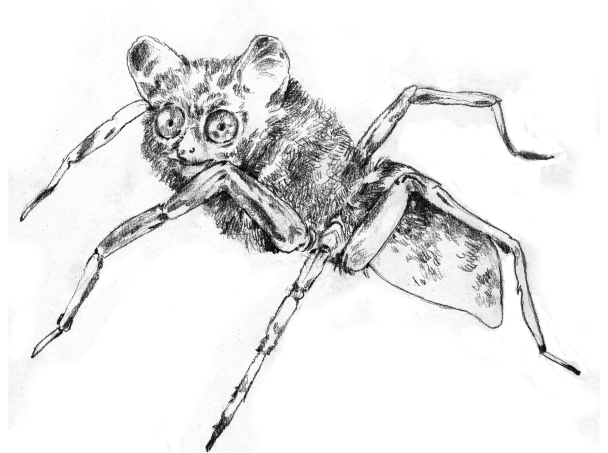Imagination is key to transformations. According to Milkoreit (2017), “the ability of individuals and groups to envision possible, likely, and desirable futures that can guide decision-making and direct social change in collectively determined directions is an essential capacity for securing social well-being and prosperity in times of rapid and often unpredictable global change” (Milkoreit, 2017, p. 1). Those seeking to achieve this therefore imagine better futures, unwanted futures; and often both. If alternatives to current, problematic systems cannot be imagined, there is no motivation to work towards change. In the words of Milkoreit: “Explicit visions of desirable (sustainable) and undesirable futures are necessary to motivate and guide any kind of change, but might be particularly important for triggering transformational change – a process of fundamentally altering the structure and character of a given system.” (Milkoreit, 2017, p. 1).
Imagination and social change go hand in hand, with imagination also playing a crucial role in social movements themselves. Imagined futures, present day life, and remembered pasts are completely entangled in practice, both individually and collectively. Groups, organizations and communities drive societal change because they reflect and re-interpret memories of the past along with their experiences of the present and their imagining of the future. “Not only does the past frame people’s imagination of the future, be it utopian or dystopian, [...] the past itself is read through the present and future [...]” (Hawlina et al., 2020, p. 31) When people see or experience new ways of being or doing in action that they did not consider possible before, this in turn opens up new imaginative possibilities. “People’s dissatisfaction with what is, their imagining of how things once were better, or of how things may become, often supports social movements. Social movements can, in turn, bring about new imaginations for people.”(Hawlina et al., 2020, p. 31)
When visions, images and narratives of the future created by individuals or small groups are cultivated through reflection and re-articulation, they may attract more and more people, resources, and other forms of support. They may end up as 'imaginaries' - images of the future such as 'the smart city', 'the circular economy' or 'the climate crisis' that are collectively held by many people, that are supported by institutions, and that are publicly performed again and again. According to Milkoreit (2017): “The socio-climate imaginary as a system of interdependent ideas can motivate behaviors and decisions, and becomes a material and institutional reality through various enactments” (Milkoreit, 2017, p. 7). Such imaginaries help create the horizons of what societies can imagine. So, if imaginaries are extended or new imaginaries arise, new imaginative spaces can open the possibility for new ways of being and doing.
In turn, art and creative practices have a special role to play in expanding imaginations and opening up these new imaginative spaces, because they are 'relieved of the duty of coherence' - they can be associative and open in meaning. On the topic of artists and climate fiction, Milkoreit writes: “These fictional accounts of possible futures play an important role in aiding their audiences’ imagination processes and offering opportunities to consider and evaluate these visions and their various dimensions of (un)desirability when considered as real-world trajectories.” Here, Milkoreit states that “imagination can be expanded by creating novel experiences – adding to the storehouse of memory – even if such experiences are fictional, for example, based on reading a (climate) fiction novel or watching a movie” (Milkoreit, 2017, p. 5).
Imagination and imaginaries are also strongly related to storytelling and discourses. As Mattelmäki et al put it: stories enable “a convenient intertwining of imagination and the real.” (Mattelmäki et al, 2011, p. 39). In addition, discourses provide the tools to communicate about imagination and collective imaginaries, since they are networks of words and other carriers of meaning such as images that are connected by an underlying logic about what the world is and what it should be. The study of discourses, narratives and imaginaries - as collectively held and institutionally embedded visions of the future, past or present - can therefore be highly applicable to understanding shifts in fundamental stories and myths.
In sum, imagination plays a crucial role in societal transformation, and its ability to transcend paradigms makes it a deep leverage point – capable of what Davelaar (2021) describes as “third order change” (Davelaar, 2021, p. 731). This change is radical, transformative, and above all, a highly necessary counter-force to the current status quo (McPhearson et al., 2021). Imagination shows incredible potential to nurture this type of change. “Perhaps the most remarkable quality of humankind is the power to dream and imagine how things might be different. We are not locked into the current moment, but can recall other situations and extrapolate into new ones.” (Light et al., 2018)




